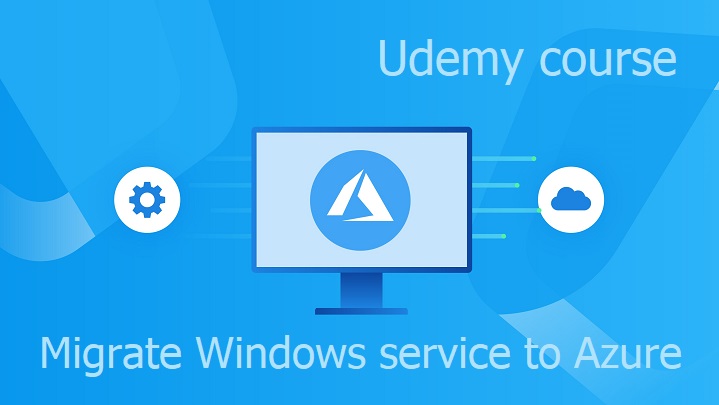In my previous posts I wrote about creating infrastructure for Azure WebJob using PowerShell or Terraform. Most recent approach for creating Azure resources is Azure Bicep. Bicep is a Domain Specific Language (DSL) for deploying Azure resources declaratively. Bicep code is transpiled to standard ARM Template. Bicep file for creating infrastructure for Azure WebJob is:
var baseName = resourceGroup().name
var baseNameLower = toLower(baseName)
resource appServicePlan 'Microsoft.Web/serverfarms@2018-02-01' = {
name: baseName
location: resourceGroup().location
sku: {
name: 'B1'
capacity: 1
}
}
resource appService 'Microsoft.Web/sites@2018-11-01' = {
name: baseNameLower
location: resourceGroup().location
properties: {
serverFarmId: appServicePlan.id
clientAffinityEnabled: false
}
}
resource config 'Microsoft.Web/sites/config@2018-11-01' = {
parent: appService
name: 'web'
properties: {
use32BitWorkerProcess: false
alwaysOn: true
}
}
resource appSettings 'Microsoft.Web/sites/config@2018-11-01' = {
parent: appService
name: 'appsettings'
properties: {
APPINSIGHTS_INSTRUMENTATIONKEY: appInsights.properties.InstrumentationKey
}
}
resource connectionStrings 'Microsoft.Web/sites/config@2018-11-01' = {
parent: appService
name: 'connectionstrings'
properties: {
AzureWebJobsDashboard: {
value: 'DefaultEndpointsProtocol=https;AccountName=${baseNameLower};AccountKey=${listKeys(storageAccounts.id, '2019-06-01').keys[0].value};EndpointSuffix=${environment().suffixes.storage}'
type: 'Custom'
}
AzureWebJobsStorage: {
value: 'DefaultEndpointsProtocol=https;AccountName=${baseNameLower};AccountKey=${listKeys(storageAccounts.id, '2019-06-01').keys[0].value};EndpointSuffix=${environment().suffixes.storage}'
type: 'Custom'
}
}
}
resource storageAccounts 'Microsoft.Storage/storageAccounts@2019-06-01' = {
name: baseNameLower
location: resourceGroup().location
kind: 'StorageV2'
sku: {
name: 'Standard_LRS'
tier: 'Standard'
}
}
resource appInsights 'Microsoft.Insights/components@2015-05-01' = {
name: baseName
location: resourceGroup().location
kind: 'web'
properties: {
Application_Type: 'web'
}
}
Resource group is then deployed using standart Azure CLI commands like using ARM template:
az group create --name WebJobTest --location westeurope az deployment group create --resource-group WebJobTest --template-file azuredeploy.bicep --verbose

